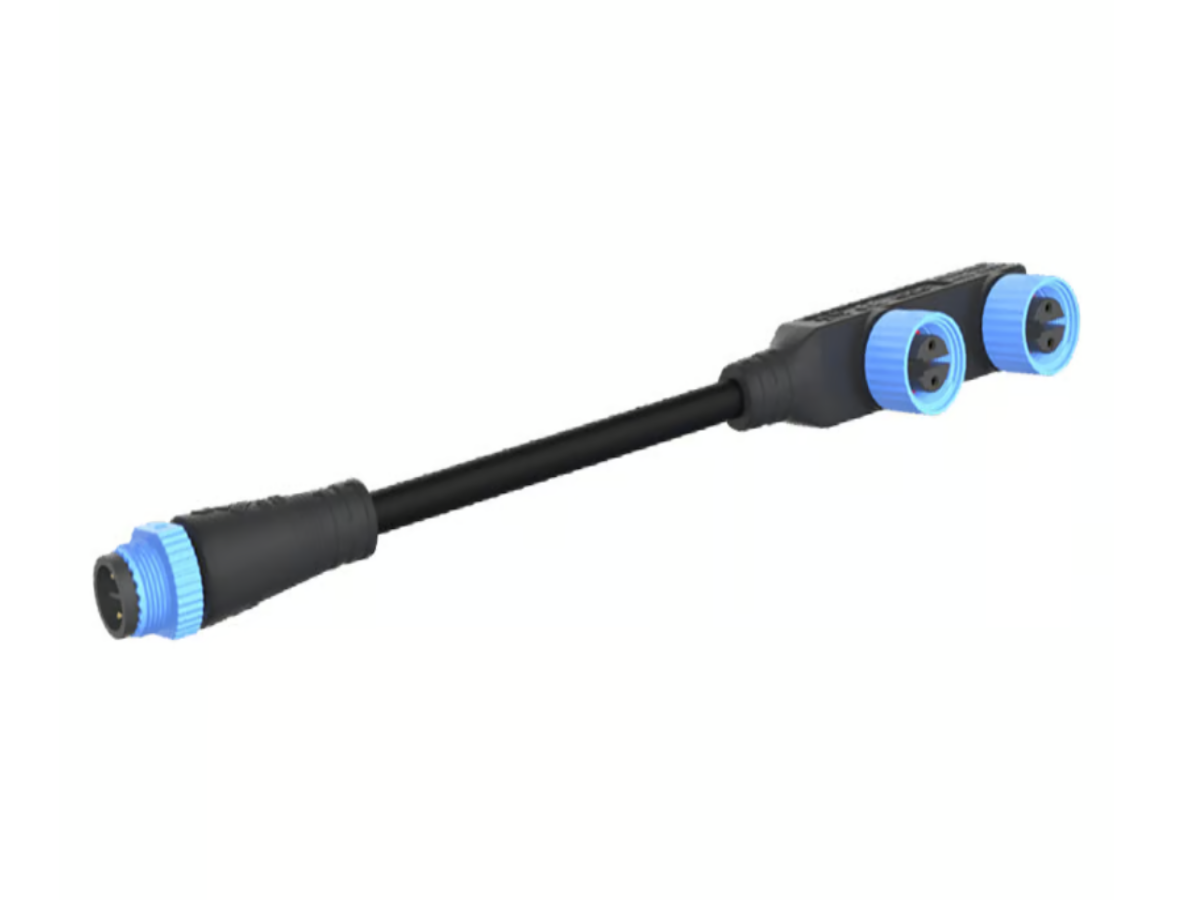Introduction
M15-F modular cables with male plug parallel connection 1+2 are widely used in many industries, such as automation, robotics, and machine tools. They are designed to transmit data, signals, and power between devices and can be customized to fit specific requirements. However, with so many options available on the market, it can be challenging to choose the right cable for your application. In this article, we will discuss the key factors to consider when selecting an M15-F modular cable with male plug parallel connection 1+2.
Cable Length of M15-F modular cable with male plug parallel connection 1+2
The cable length is a crucial factor to consider when selecting an M15-F modular cable with male plug parallel connection 1+2. The cable's length will determine how far apart the connected devices can be, and it can influence the signal strength and quality. When choosing the cable length, you should consider the distance between the devices and any potential obstacles that could interfere with the signal. It's important to note that longer cables can cause a voltage drop, which can affect the signal's integrity.
Cable Gauge of M15-F modular cable with male plug parallel connection 1+2
The cable gauge, or wire thickness, is another factor to consider when selecting an M15-F modular cable with male plug parallel connection 1+2. The gauge will determine the amount of power the cable can carry and the level of signal attenuation. Thicker cables have a lower resistance and can carry more power, but they can also be more expensive and less flexible. On the other hand, thinner cables can be more affordable and flexible, but they may not be suitable for high-power applications.
Shielding
Shielding is an essential feature of M15-F modular cables with male plug parallel connection 1+2. It reduces electromagnetic interference (EMI) and radio frequency interference (RFI), which can affect the signal's quality and integrity. Shielding can be done using different materials, including foil, braid, or combination shields. When selecting a cable, you should consider the level of EMI and RFI present in the environment and choose a cable with adequate shielding.
Connector Type
The connector type is another critical factor to consider when selecting an M15-F modular cable with male plug parallel connection 1+2. The connector type will determine how the cable connects to the devices, and it can affect the cable's durability and reliability. There are different connector types available, including straight, angled, and rotatable connectors. You should choose a connector type that fits your application's requirements and provides a secure and reliable connection.
Environmental Factors
Environmental factors should also be considered when selecting an M15-F modular cable with male plug parallel connection 1+2. The cable should be suitable for the environment in which it will be used, and it should be able to withstand any potential hazards, such as moisture, temperature, and vibration. When selecting a cable, you should consider the temperature range, IP rating, and other environmental factors to ensure that the cable is suitable for your application.
Conclusion
Choosing the right M15-F modular cable with male plug parallel connection 1+2 can be a challenging task, but by considering the factors discussed in this article, you can make an informed decision. Cable length, cable gauge, shielding, connector type, and environmental factors are all crucial factors to consider when selecting a cable. By choosing a cable that meets your application's requirements, you can ensure reliable and high-quality signal transmission.

